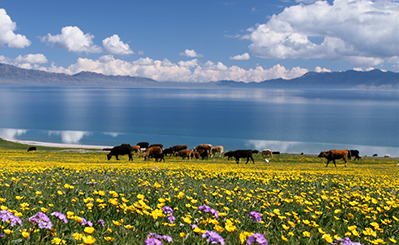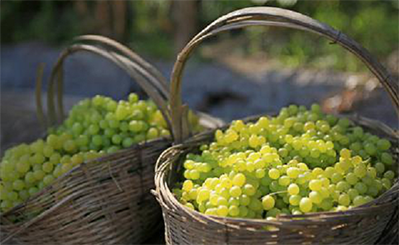Rice resistant to saline-alkaline land achieves record yield in Xinjiang
The average yield of rice resistant to saline-alkaline land planted at a demonstration land in the Xinjiang Uygur autonomous region has reached a new record of 573.8 kg per mu (about 0.067 hectares), experts said on October 13.
The demonstration land, in the Alar city, covers an area of more than 10,000 mu (667 hectares). It only had few plants before rice was planted earlier this year, as it is a land with high saline and alkaline concentration, which makes it unfit for rice planting.
According to Changsha seed research center at the national saline-alkaline resistant rice technology innovation center, experts from Hunan and Xinjiang tried to reduce the saline and alkaline rate of the land and selected suitable rice varieties resistant to such land.
Chen Wenfu, an academician at the Chinese Academy of Engineering and head of the expert team, said the successful planting of the rice marks the successful application of Chinese selection and cultivation of rice varieties resistant to saline-alkaline land.
China has around 1.5 billion mu of saline-alkaline land, among which more than 500 million mu are suitable to develop into arable land.
The country has 11 rice varieties that have passed the national test that can be planted on such land, and they have been planted on an accumulative saline-alkaline land of more than 1 million mu in more than 10 provincial regions.
The national saline-alkaline resistant rice technology innovation center was established by 11 institutions including the Hunan Hybrid Rice Research Center, Hainan University, Xinjiang Academy of Agricultural Sciences and Heilongjiang Academy of Agricultural Sciences.
The center aims to cultivate more high-yield crops suitable for saline-alkaline land and achieve the goal of reaching an additional yield of 30 billion kg of crops and feeding 80 million people by planting crops in 100 million mu of saline-alkaline land.
 Attractions
Attractions Dining
Dining Culture
Culture